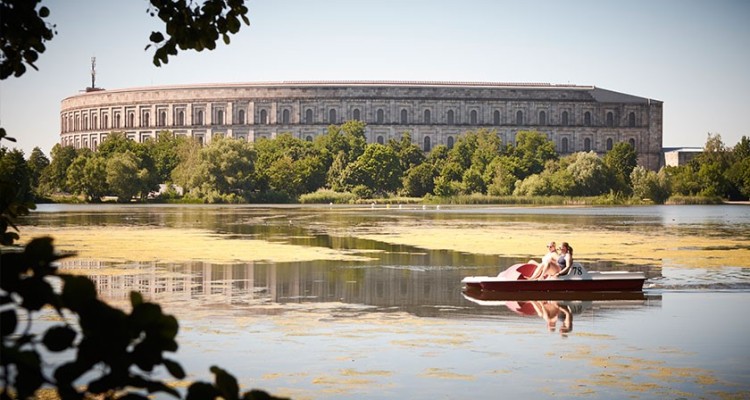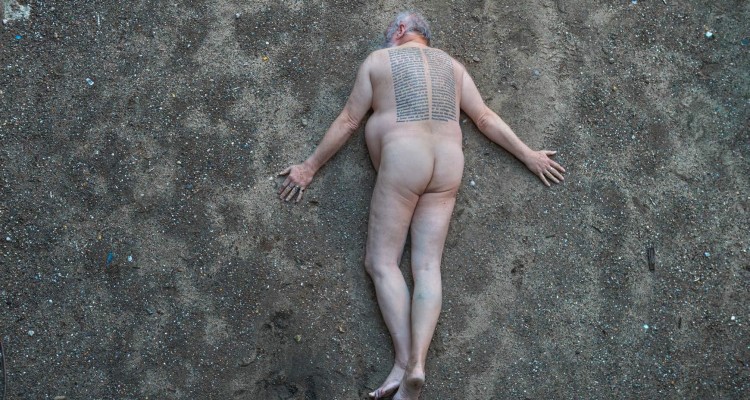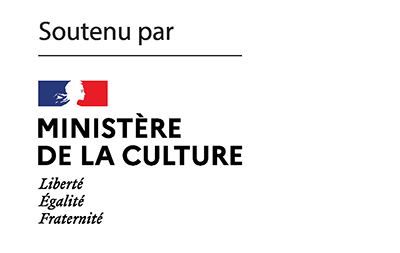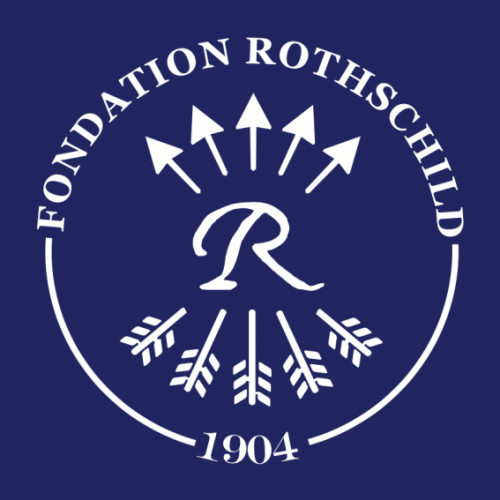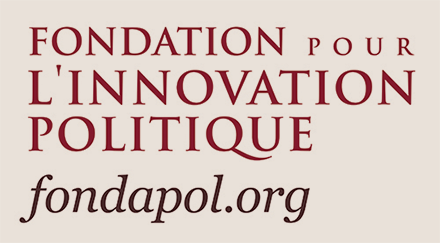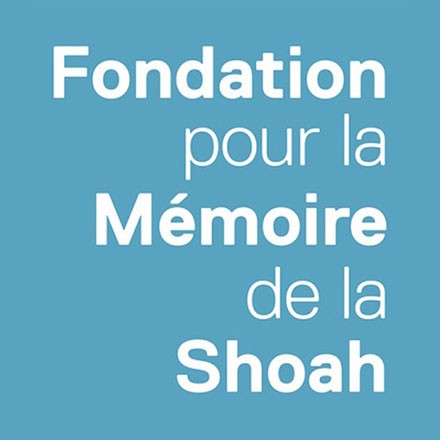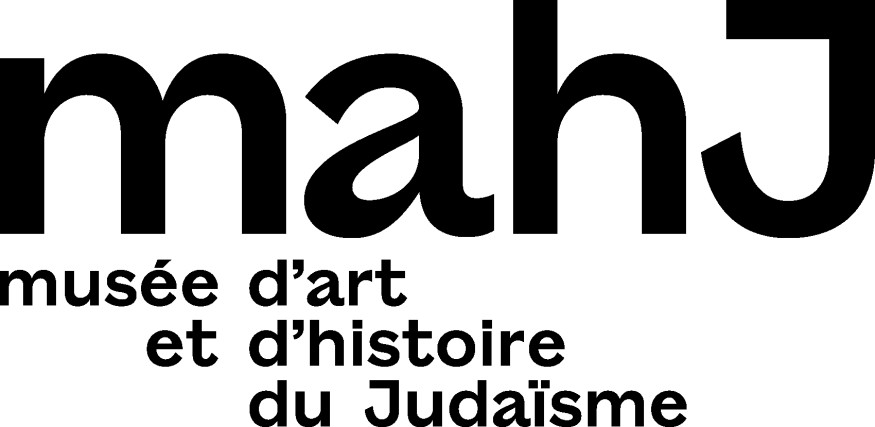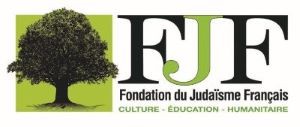The three texts that appear in K. this week all focus on Germany, the weight of its Nazi past, and the fundamental ambivalence that it provokes. This ambivalence alternate between the movements of a persistent rejection and the fantasy of a country which, because it is the country of former persecutors, would compromise the least with the demands of the “duty to remember” at the very heart of post-war European ideology. “There is a love affair between Israel and Germany and between Israelis and Germans,” says Yishaï Sarid in an interview in which he discusses his book The Memory Monster. And the novelist immediately adds: “Me, I walk in Berlin and I have nausea. 99% of Israelis go to Berlin to shop, go to bars and nightclubs without any problem. I’m the one who is wrong, I’m the problem. For me, the wound in Europe remains open.” The Memory Monster, which tells the story of a Holocaust historian sent by Yad Vashem to Poland to accompany Israeli high school students to the sites of the extermination of European Jews, gives shape to the provocative and deafeningly violent account of this open wound.
If there is a love affair between Israel and Germany – at least some of the young Israelis are testifying to this by moving there – there is also a disenchantment affair between some Germans and the post-Nazi Germany into which they were born. Post-Nazi Germany, where the traces of Nazism, notably in the stone of its urban landscapes, continue to cover the country’s horizon. “If you walk through Germany with open eyes, this is what you will see: Nazism still smiling from many corners. Nazism protected as a listed monument, as something we need to preserve,” writes the young novelist Katharina Volckmer. On the day of the debate about the temporary installation of the Nuremberg Opera in the city’s Nazi Congress hall, which was refurbished for the occasion, she sends us a column. In it she observes a German ambivalence, unbearable for her and perhaps for a few others who, like her, have left the country: the crimes are certainly regrettable, but what hurts the German soul the most is the absence of Nazi greatness; an idea of Nazi greatness fantasized yesterday but preserved by the Germans of today through the care they take in the maintenance of the buildings of the time.
Finally, we republish Frédéric Brenner’s text and photographs, on display at the Jewish Museum in Berlin until April 24, 2022, which testify to a renewed Jewish presence in the large German city. The artist is impressed by this Berlin phenomenon, without being fooled by it. This revival, of which his fascinating images give a reflection, is perhaps not so much “an act of healing than some novel form of disfigurement ” and the Jews who are the architects of it are perhaps not so much German Jews but rather Jews for Germans. Ambivalence, once again.

